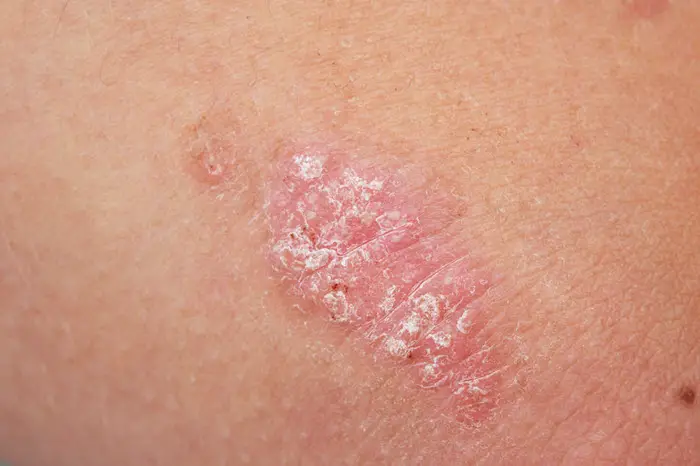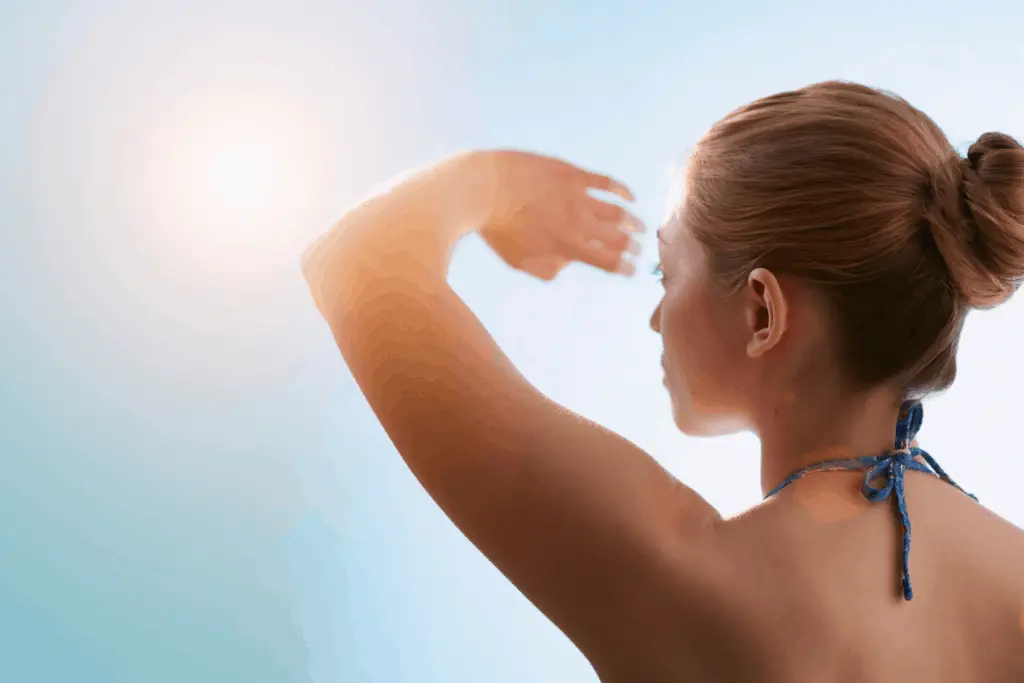Some people mistake BLUEWAVE therapy for blue light therapy but there is a difference.
So what is blue light therapy? Blue Light Therapy is any therapy utilizing blue color light as the light source. This has found to be effective for seasonal depression, fatigue and skin disorders such as acne.
Most people think of light as something you can see. If light is present you can see it, if it isn’t then there is darkness, but light is much more than that. Research has taught us that light is energy (with parts we can’t see) and has an impact on how we think, feel and perform.
Blue light therapy is generally used for skin conditions such as acne but can also be used for treating Seasonal Affective Disorder (SAD). Not to be confused with BLUEWAVE® light therapy created by Apollo (and acquired by Philips in 2006), blue light therapy is any therapy that utilizes blue light. So BLUEWAVE® is blue light therapy but not all blue light therapy utilizes BLUEWAVE® technology.
Used in conjunction with photosynthesizing (or light sensitive) drugs, blue light therapy becomes photodynamic therapy. The high intensity light is used to penetrate the skin and activate the drugs.
When is Blue Light Therapy Used?
Skin Damage, Sun Spots and Skin Cancer Prevention
Blue light therapy is most commonly used to treat skin conditions. Whether it be acne, sun spots or as a preventative measure against skin cancers, blue light therapy has been found to be extremely effective.

While effective on its own to some degree, the greatest success lies when used in combination with light sensitive drugs. This is then called photodynamic therapy (or PDT).
Light therapy for skin conditions involves either a blue light or a red light and different activators depending on the condition. If you have precancers (or actinic keratosis), common treatments from dermatologists are either freezing or creams. Now there is also light therapy. The goals of light therapy or freezing and cream treatments are the same.
Acne and Skincare

Able to improve skin text and reduce large oil glands, blue light therapy is often used in treating these skin conditions. It can also help with removing acne and scars caused by acne.
Significant progress has been made so far in light-based treatment of acne. The most promising results in studies specifically when treating acne, has been with blue light and blue/red light combinations. The greatest effect could be seen on mild to moderate inflammatory acne lesions.
Does Blue Light Damage My Skin?
First and foremost the thing that damages our skin the most is ultra violet radiation (UV) that comes from the sun. UV radiation burns our skin, suppresses the immune system in our skin, causes mutations in the DNA of our skin. It also damages collagen and leads to premature aging, irritation, photosensitivity and conditions like post inflammatory hyper-pigmentation.
So what about visible light? Visible light also comes from the sun but is from another part of the electro-magnetic spectrum that hits earth and then hits our skin and has potential damaging consequences to our skin.

Physical light you can see with your eyes but ultraviolet light you never really perceive. It is not something you detect with your eyes and not what you feel as heat. That is infrared radiation from the sun. We know that ultraviolet light drives hyper-pigmentation but visible light on top of UVA further pushes the hyper-pigmentation, particularly in darker skin types. In lighter skin types that never tan and always burn, they are not affected by visible light that we know of.
Blue Light Face Mask Light Therapy for Skin ConditionsIt is important to realize that part of visible light is blue light and at certain wavelengths, (415 nano-meters) it brings on hyper-pigmentation. This ultraviolet and visible light can come through glass windows and through the clouds, so even if you are indoors all day, or when it is cloudy, you can still be getting harmful effects from this light.
Blue light is also emitted from computer screens, smart phones, tablets as well as the sun so it is important that we know what the levels are that are damaging. This blue light from the sun is also referred to as high energy visible light (HEV).
The sun emits dosages in much higher amounts than something like a computer screen. It looks like this:
| TYPE OF LIGHT | AMOUNT | PER |
| Sun | 16 milliwatts | square inch of surface area |
| Smartphone | 0.07 milliwatts | square inch of surface area |

It is estimated that you would need several days and nights nonstop to receive a pro-pigmentation dose of blue light. Specifically it would have to be about 150 hours of continuous exposure without breaks.
Technology and research does not have the answers yet. The fact that visible light (blue light) in conjunction with UVA contributes to pro-pigmentation is still a very new discovery.
So, only time will tell how worried we should be about visible light coming from our screen devices.
The blue light waves used in blue light therapy have no UV light and oare therefore not only safe but have great impact on skin conditions, especially pre-cancerous lesions and acne.
Side Effects of Blue Light Therapy
Different skin types react differently to treatments and topical medications. That is why it is so essential to know what your skin type is like and if it is sensitive. Immediately after treatment, your skin may react in the following ways:
- red
- swollen
- tender
- mildly bruised
- mildly blistered (this can be more a reaction to any topical medications applied at the same time)
- The area may crust over or peel but this can be normal.
Most people heal within 7 days, and the crusting resolves within 3 to 14 days.
If using a combination of drugs and light for photodynamic therapy, then you need to be aware that your skin will be much more sensitive to light for several weeks after treatments. Extra care should be taken to avoice bright, direct sunlight. Flourescents and screens are fine as it is the UV light that produces the photosensitivity reactions.
When used appropriately and according to manufacturers directions, there have been no long-term side effects recorded of blue light therapy treatment. It is less invasive and less painful than surgery and downtime is also shorter if any side effects do occur.
Risks, Possible Complications & Warnings
When using a blue light therapy device on its own, without added drugs for photodynamic therapy, it is extremely safe and very few risks. The biggest potential for complications and for a potential skin infection is if any post-treatment blisters occur and are popped and not cared for.
If you suffer from any of the following, you should NOT use blue light therapy:
- Porphyria – the extra light sensitivity poses greater risk and can activate unwanted side effects
- Sensitivities or allergies to porphyrins
- Lupus
If using photodynamic therapy for precancerous legions, complications can develop from the location of the site. For example, if on the throat, and you develop swelling, it could compromise your ability to breathe easily. If anything like this occurs, it is imperative that you seek medical attention immediately.

